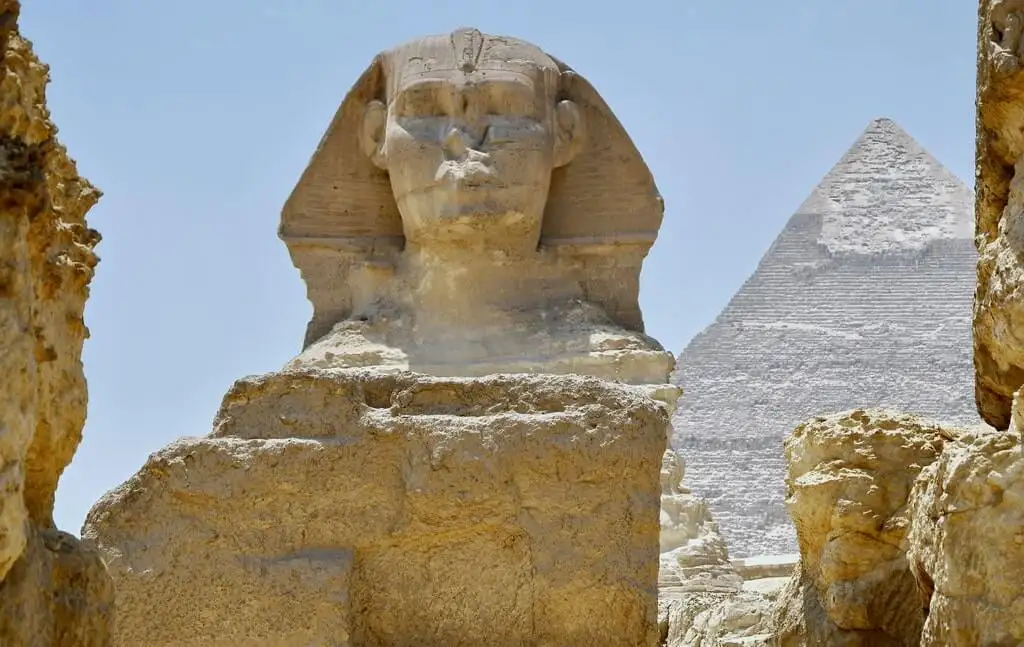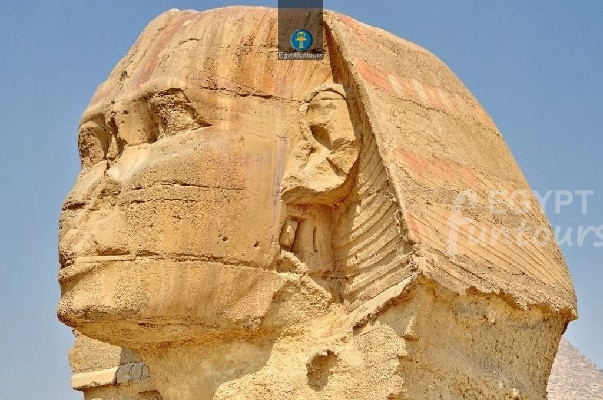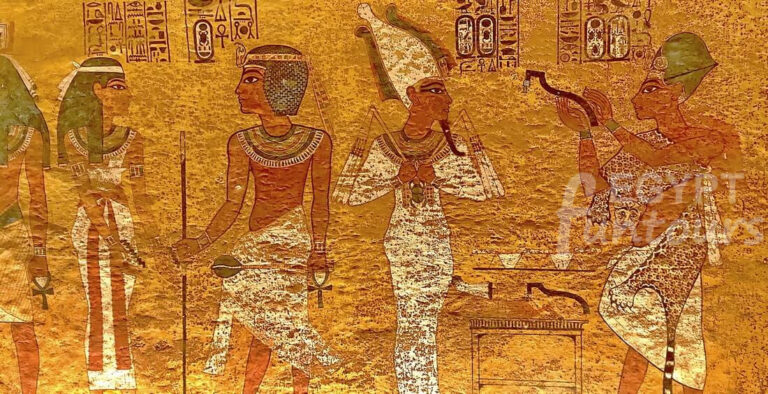For 4,500 years, a colossal, mythical creature has crouched in the sand of the Giza plateau, gazing east toward the rising sun. This is the Great Sphinx, the world’s most recognizable symbol of Egypt and one of the greatest riddles in history.
Part lion, part human, this massive statue is the silent guardian of the Giza Pyramids. It is the largest single-stone statue in the world, and no trip to Egypt is complete without standing before its ancient, enigmatic gaze.
A visit to the Sphinx is not just about seeing a monument; it’s about coming face-to-face with one of the most powerful and mysterious icons of human civilization.





























